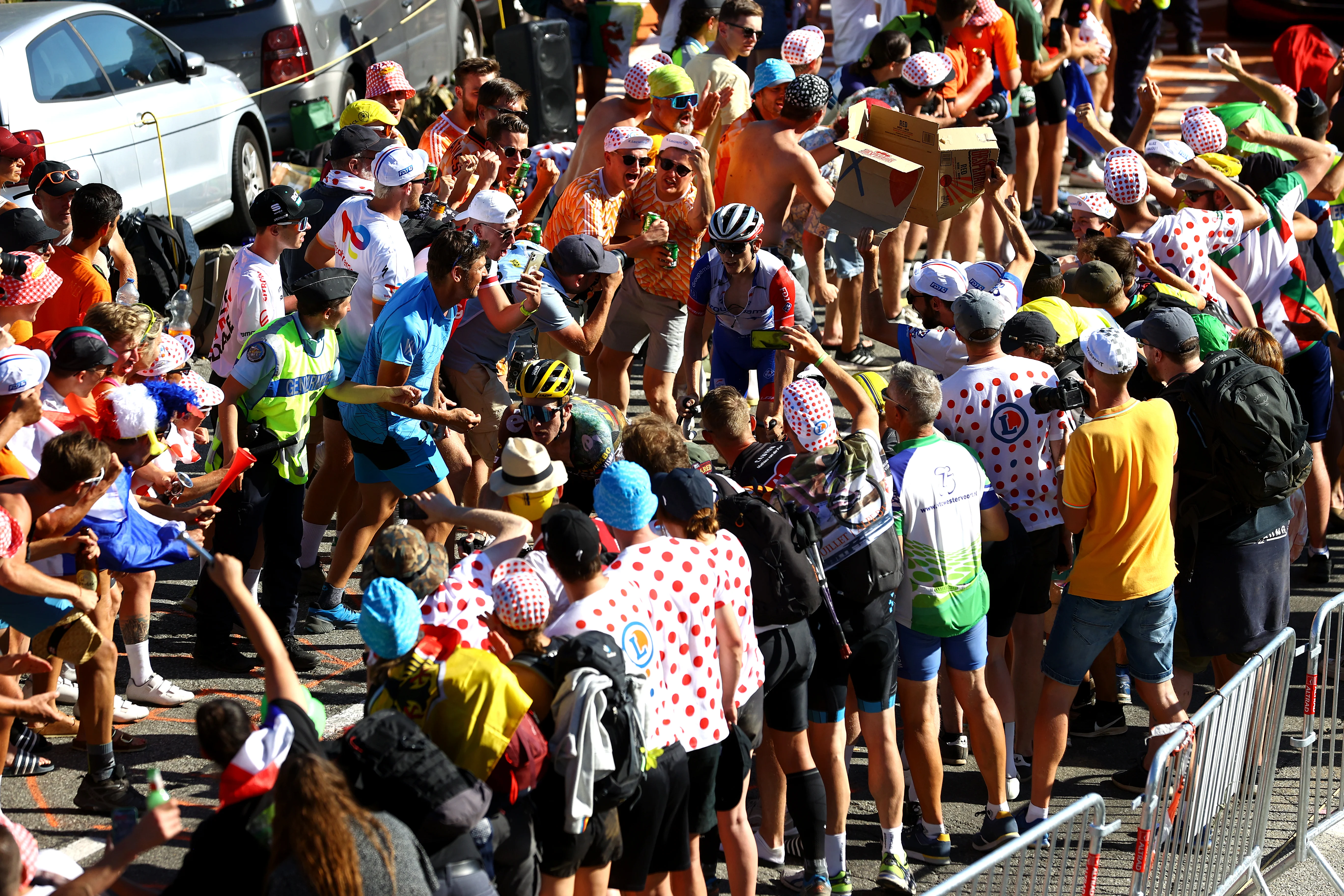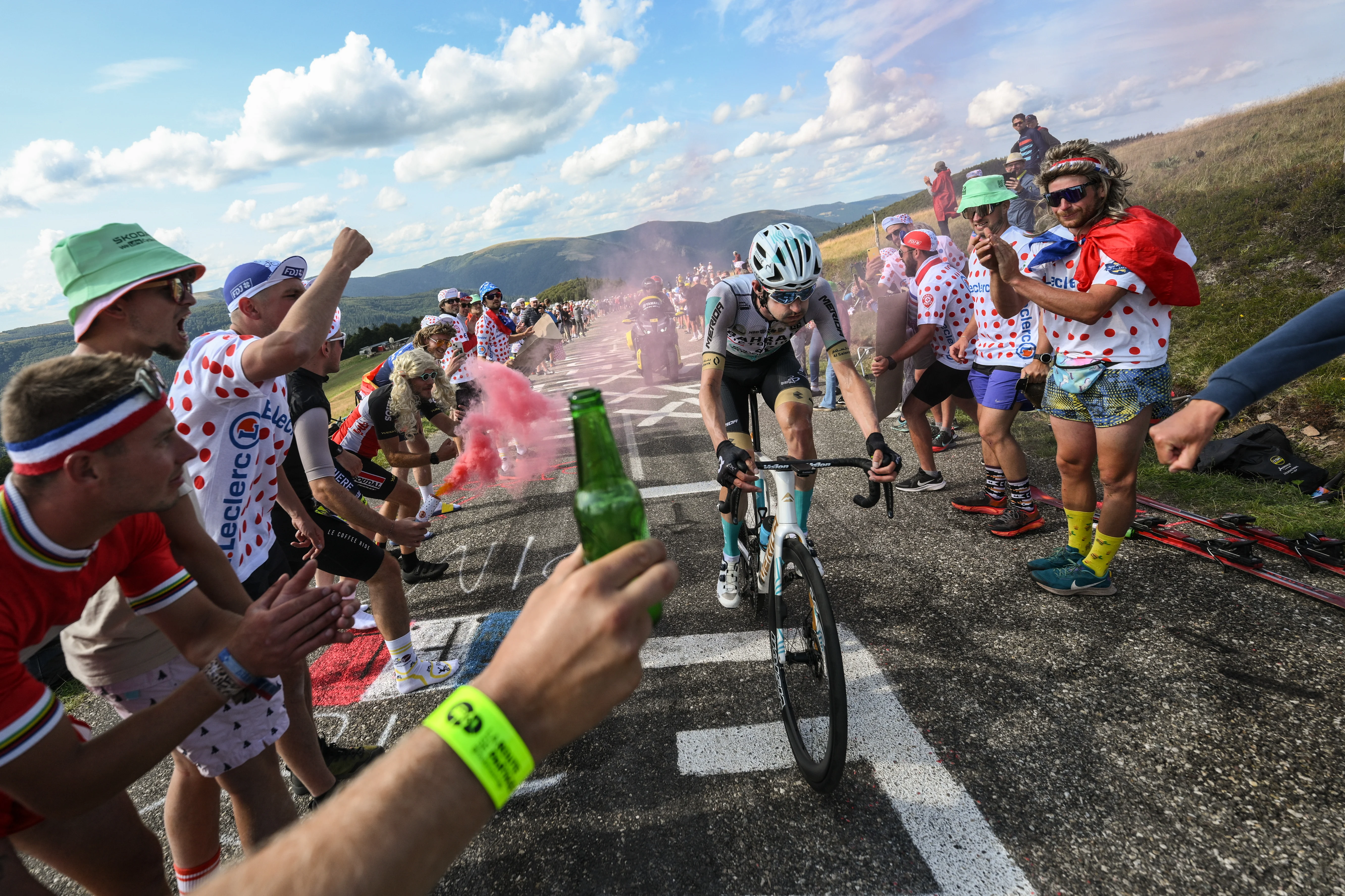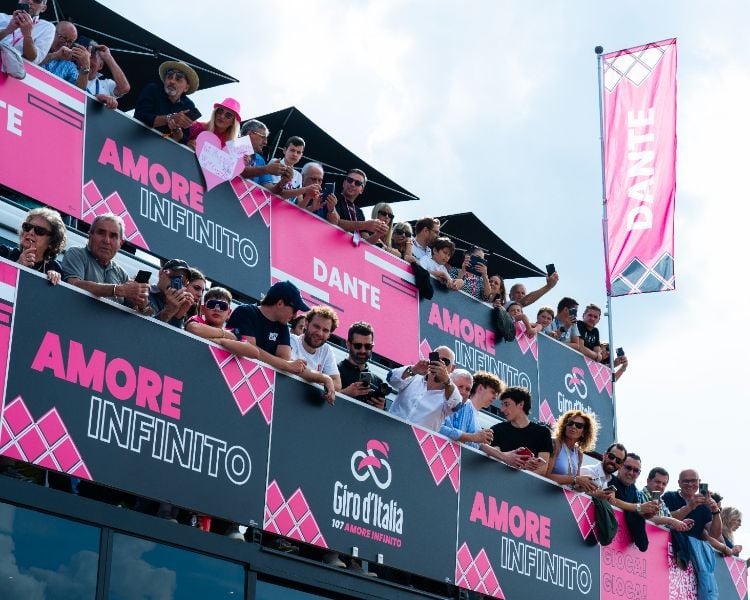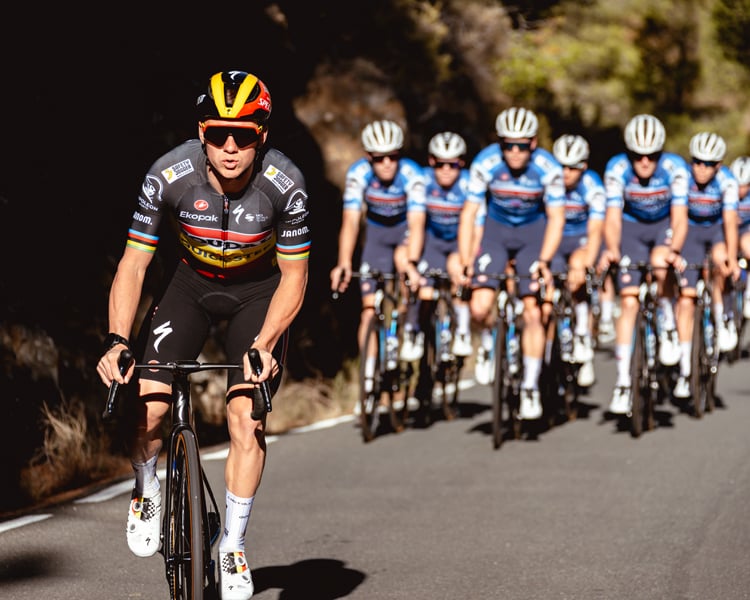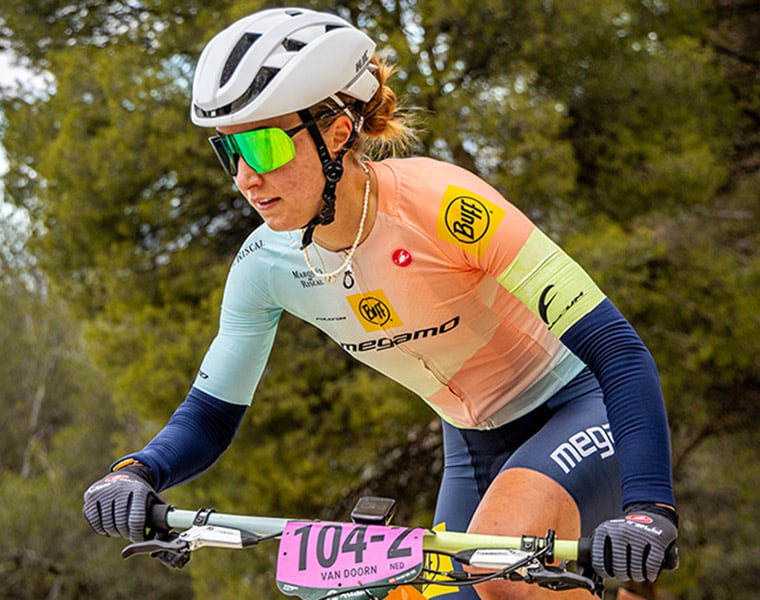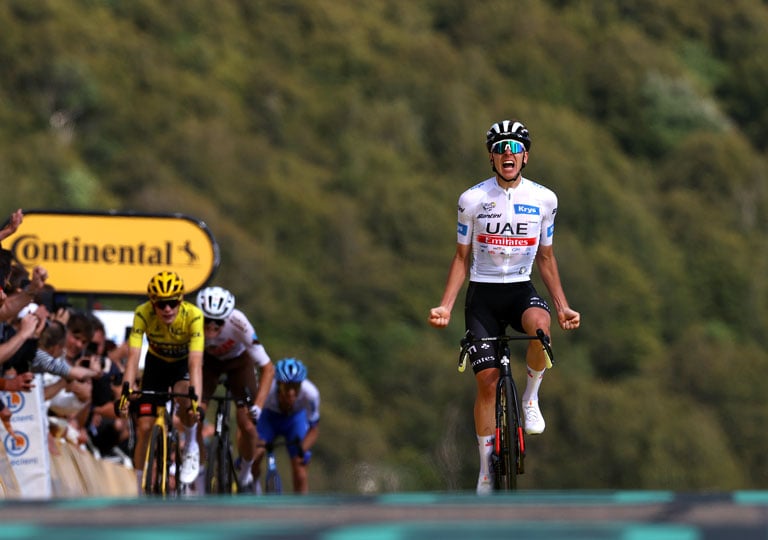
ツールは121年の歴史で初めてイタリアでスタートし、パリ郊外でフィニッシュするルートが採用された。レースはアルプス山脈を2度縦断し、スリリングな戦いの檜舞台となる。タデイ・ポガチャルは1998年のマルコ・パンターニ以来となるジロとツールのダブル達成を目指す。
今年のツールの歴史的な要素は、マチュー・ファン・デル・プール、ワウト・ファン・アールト、ヨナス・ヴィンゲゴー、タデイ・ポガチャル、レムコ・エヴェネプール、プリモシュ・ログリッチという "ビッグ6 "の初共演だ。ツアー・オブ・ザ・バスクやドワルス・ドール・フラーンデレンで恐ろしいクラッシュが相次ぎ、何人ものトップライダーが負傷したため、このスーパーチャンピオンの集結はありえないように思われた。しかし、全員が目覚ましい回復を遂げ、壮絶な対決の舞台が整った。
歴史的な初勝利に加え、マーク・カヴェンディッシュは引退を延期し、エディ・メルクスが持つ記録を超える35回目のステージ優勝を狙う。今年のツールは、史上最も素晴らしいレースになるのではないかという期待が高くなっている。本当に歴史に残る年になるかどうかは、7月21日の最終ステージであるニースで人々が決断することだろう。
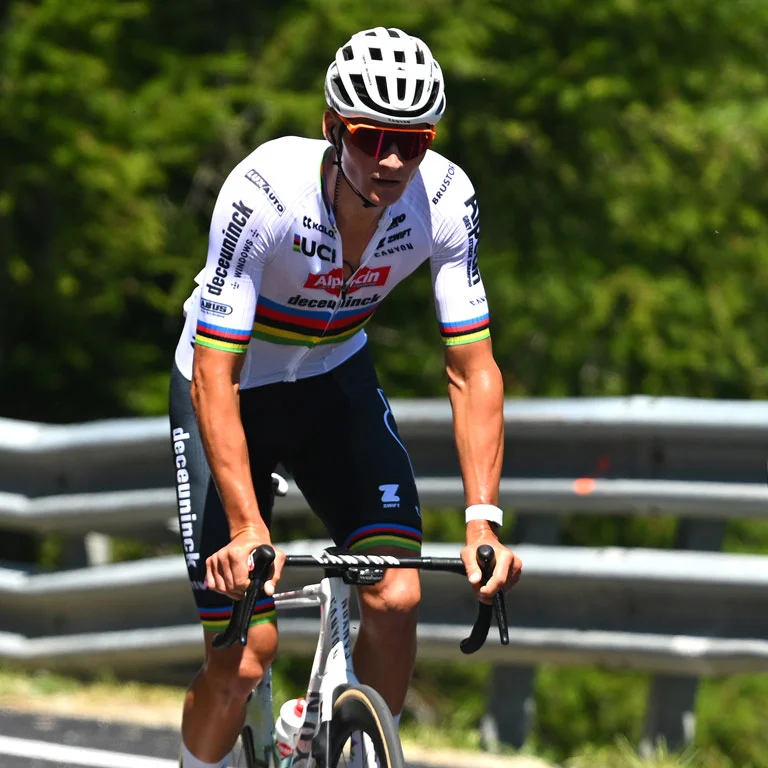
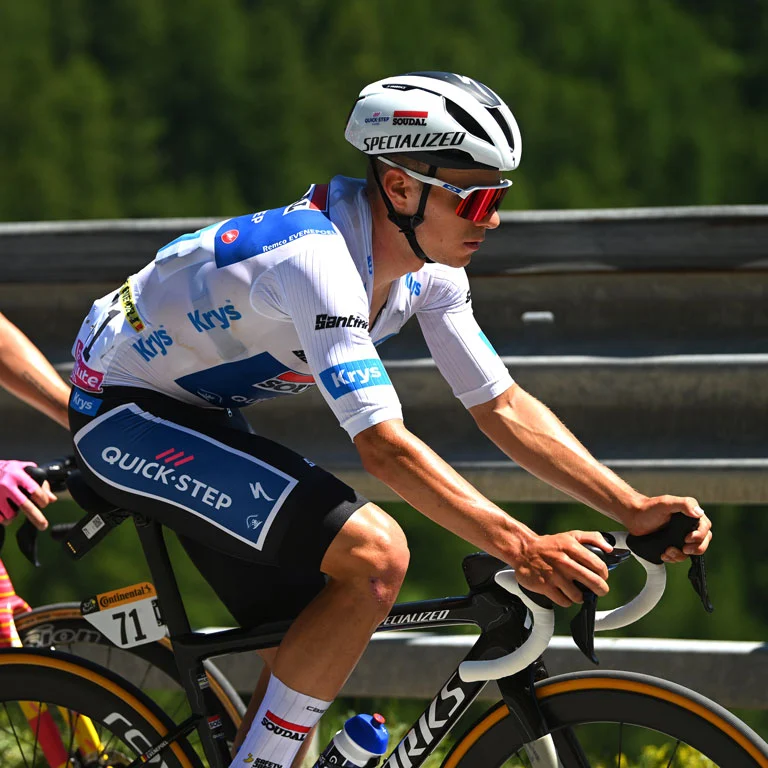

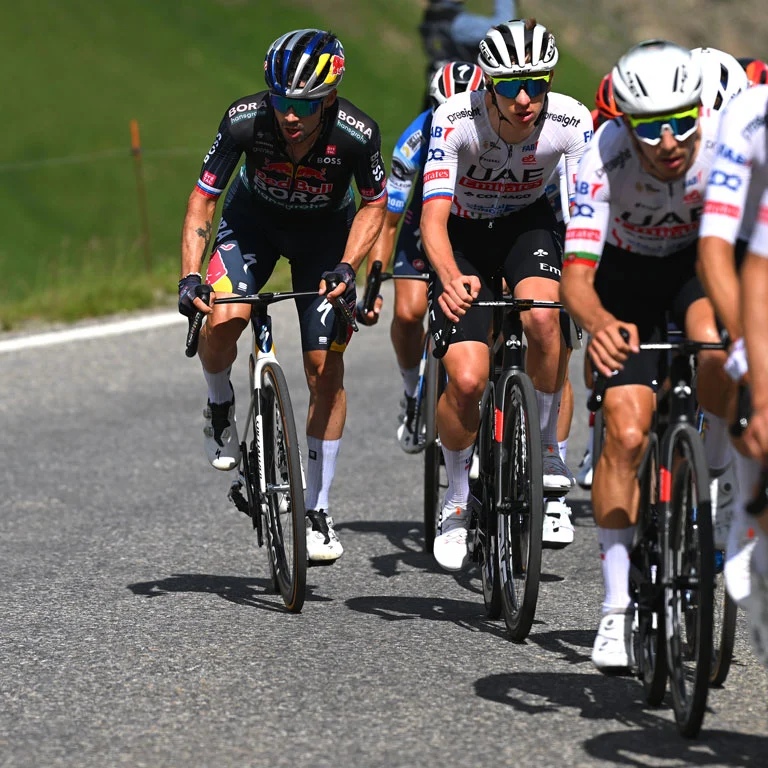
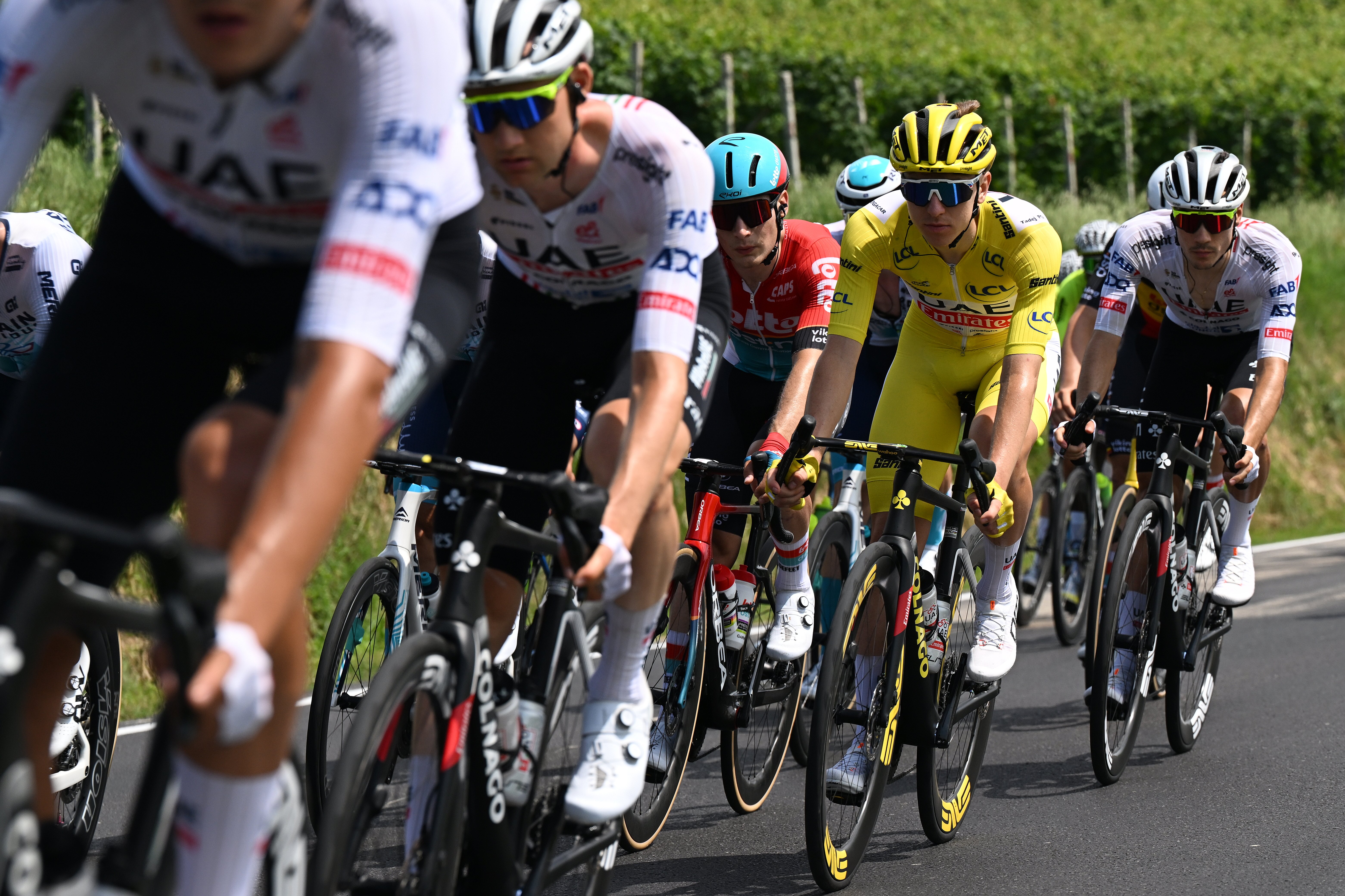
Celebrating the Legacy of Le Grand Boucle
The Tour de France was conceived in 1902 by the French sports newspaper L’Auto to boost its declining sales. The inaugural race the following year, organized by editor Henri Desgrange and his assistant Géo Lefèvre, was an immediate success, drawing tens of thousands of spectators to Paris for the final stage.
Back then, six-day velodrome racing was popular, and road races were incredibly long. The first Tour de France featured six grueling stages over 15 days, with the longest stage stretching 471km from Nantes to Paris. Maurice Garin, the pre-race favorite, won the overall title, finishing in 94 hours, 33 minutes, and 14 seconds, with a record-winning margin of nearly three hours. Today, the winners margin when finishing on the Champs’Elysee will likely be just a handful of minutes at the most.
But many other things have changed dramatically since the first Tour in 1903. The race started and ended in Paris, and the overall title prize money was 3,000 francs. Today, the overall winner of the race will receive 500,000 euros, which are usually shared with the other riders on the winning team.
The 1903 Tour de France's six monstrous stages covered 2,428 kilometers, meaning some racing took place at night across rough, unpaved roads. The 2024 Tour will cover 3,492 kilometers in 21 stages, starting for the first time in Italy and finishing for the first time outside the French capital due to the Olympic Games in Paris.
In 1903, the riders competed as individuals without team support, and any assistance between them was strictly forbidden. Today, 22 teams, each with eight riders, will take the start line on Saturday in Florence.
Initially, top riders were sponsored by bicycle manufacturers until the late 1920s, when national and regional teams were introduced. After World War II, trade sponsors made a comeback, and by the early 1960s, the cycling world permanently shifted to the trade-team format we recognize today.
Money began flowing into the sport from various sponsors beyond bike manufacturers. Top riders now raced for teams backed by companies producing coffee machines, automobiles, hair oil, alcoholic drinks, hand cream, insurance, and banks. Large commercial sponsors provided both funding and identity to the teams in this format.

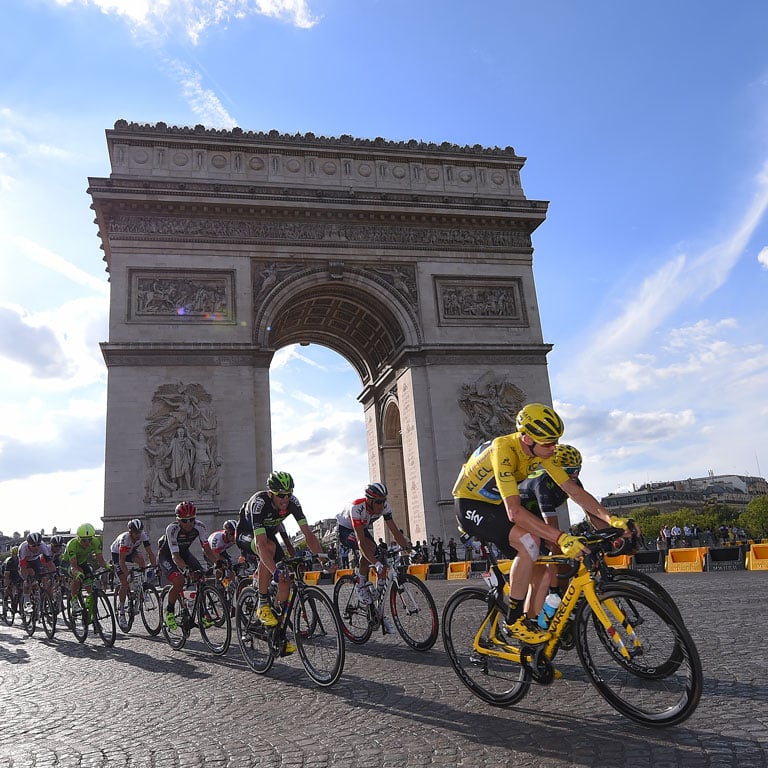
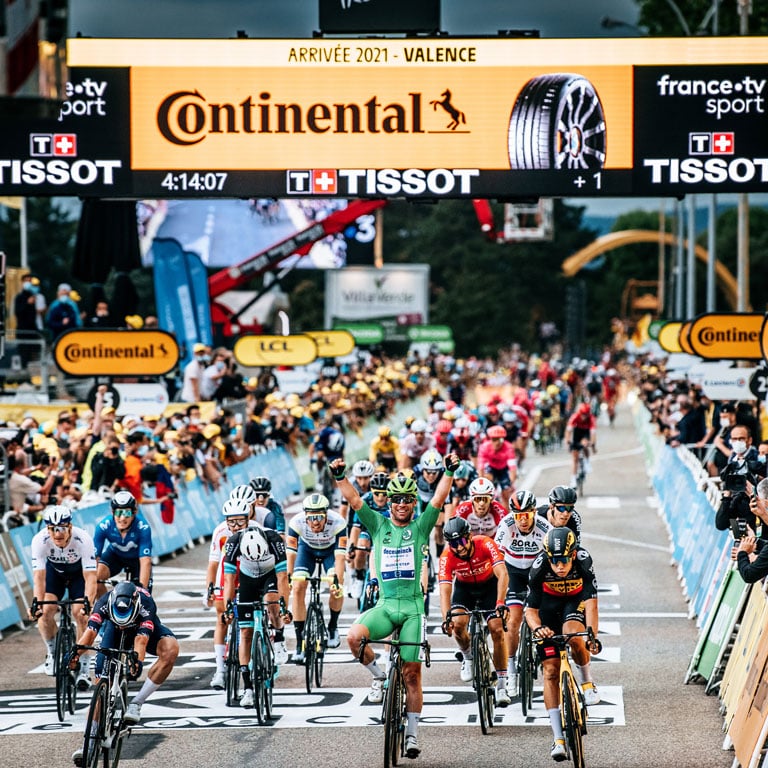
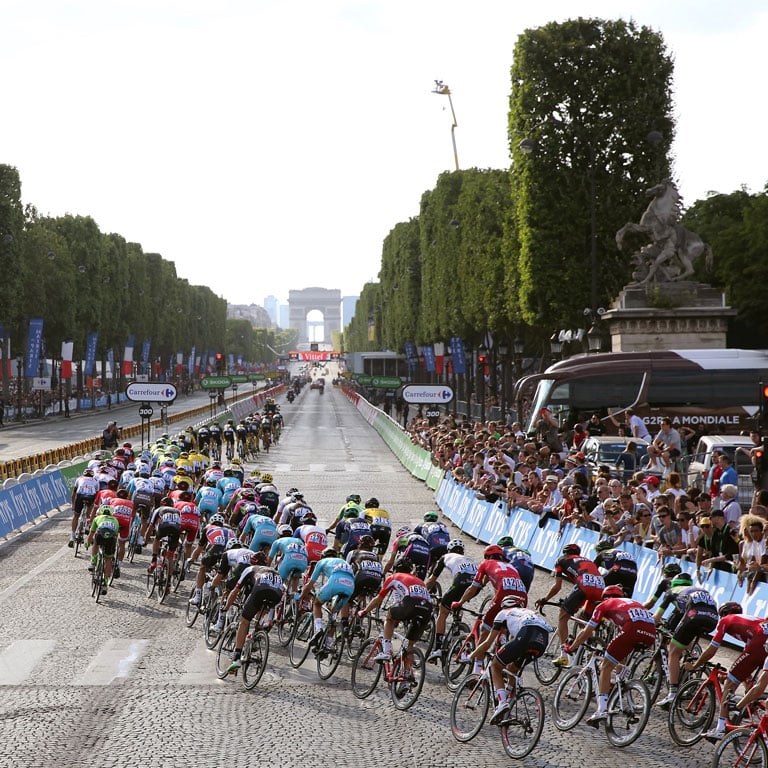
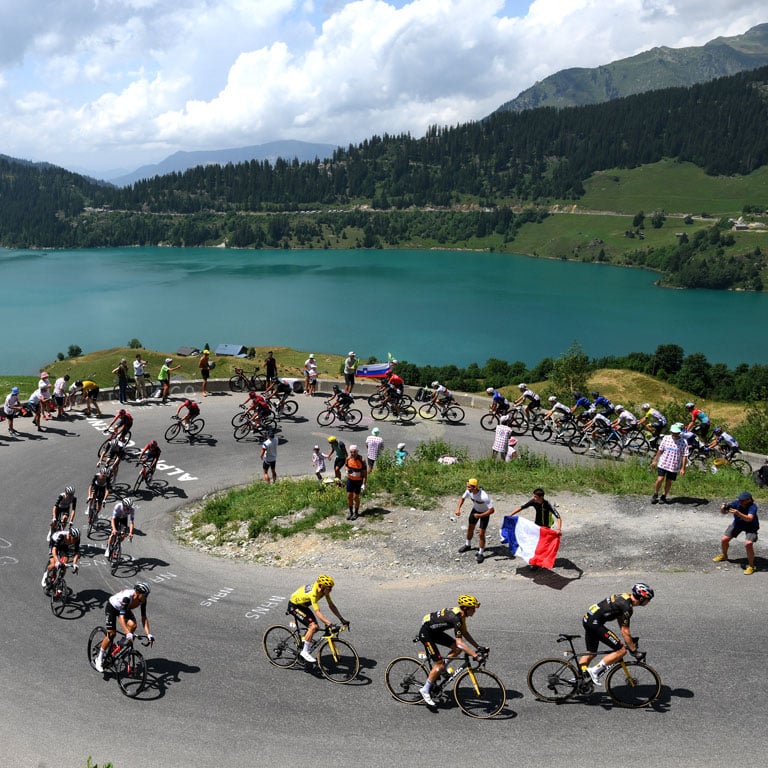

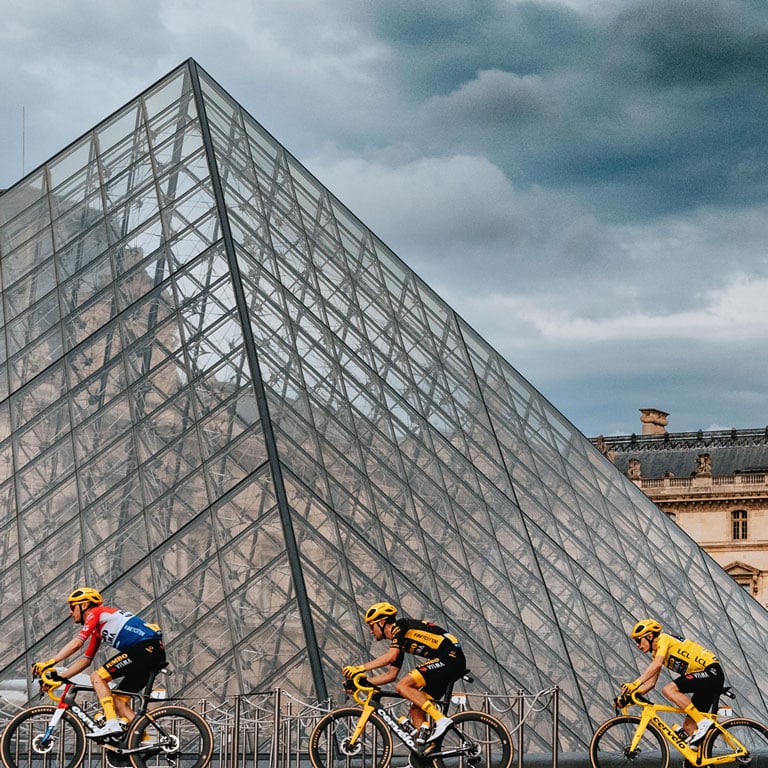
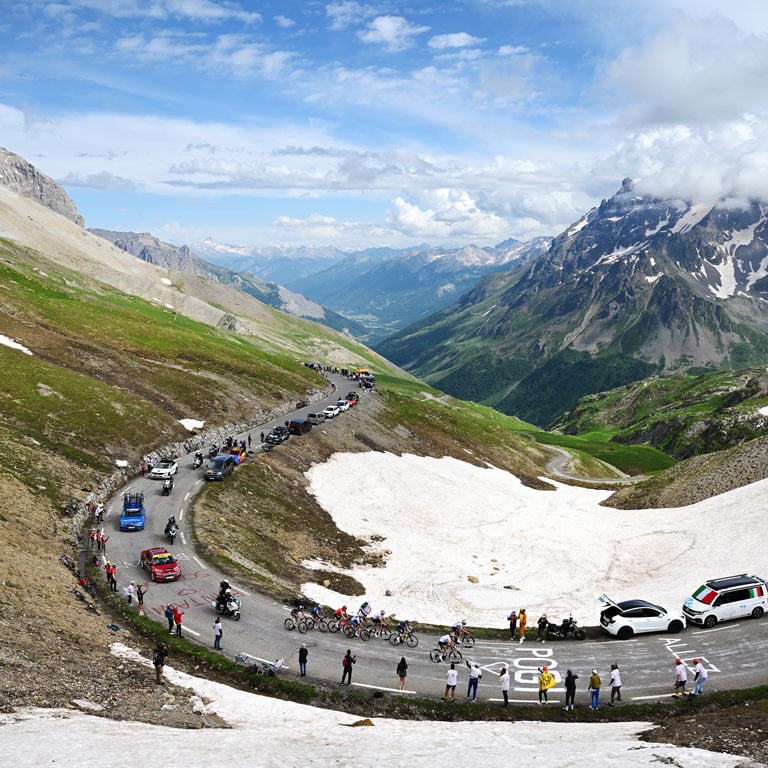
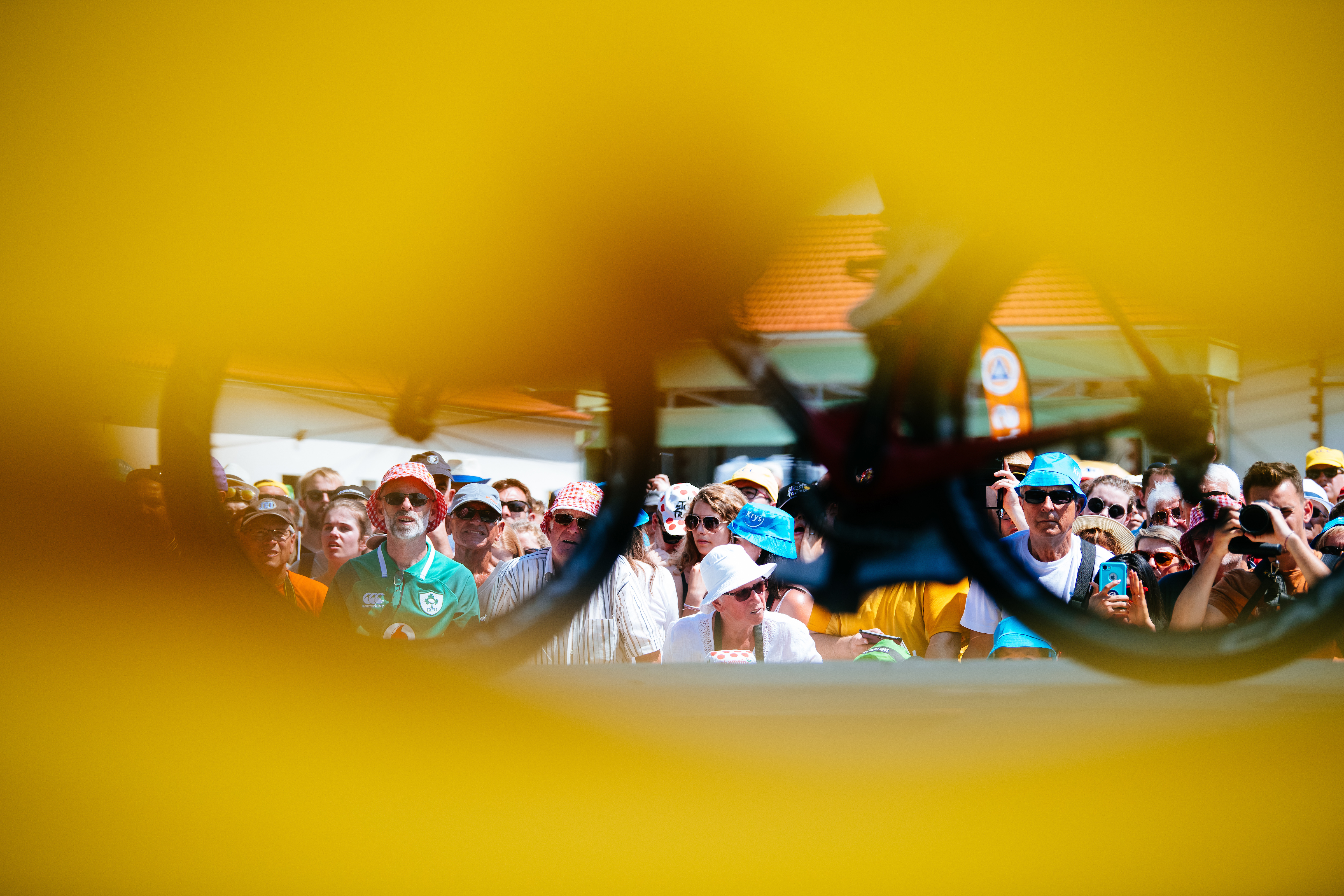
The Iconic Leader Jerseys
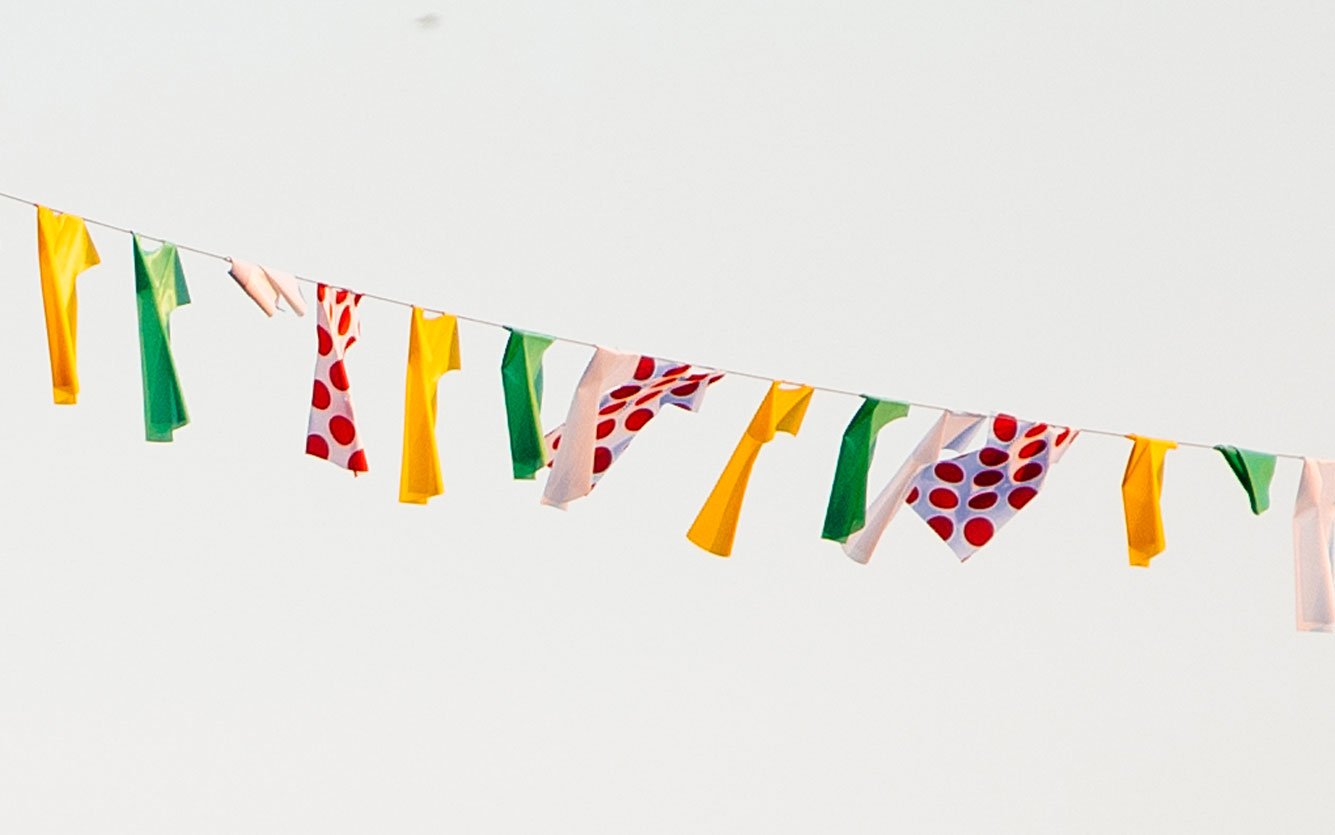
イエロージャージ争奪戦
フランスのサイクリスト、ウジェーヌ・クリストフが1919年に初めてイエロージャージを着用し、それまでリーダーを示すために使われていた緑色の腕章に取って代わった。このコンセプトは、チーム監督のアルフレッド・ボーゲによるもので、集団の中で先頭を走る選手をより目立たせたいという思いから生まれた。偶然にも、このレースのスポンサーであった新聞『L'Auto』(現在の『レキップ誌』)は黄色の紙で印刷されており、黄色が選択された理由とも言えるだろう。
1931年、ジロ・デ・イタリアもこの流れに乗り、レースを所有するガゼッタ・デロ・スポルト紙の紙面を反映したピンクのジャージ(マリア・ローザ)を導入した。
1919年の創設以来、イエロージャージは総合リーダーの象徴であり、最終ステージまでジャージを保持することが最終目標である。レース中盤の登りや中間スプリントポイントでは小さなタイムボーナスが与えられることが多く、21ステージの間にジャージが頻繁に入れ替わる大会もあれば、最後まで1人のライダーが独占するレースもある。
1961年、5度のツール・ド・フランス優勝を誇るジャック・アンクエイユは、開幕ステージでイエロージャージを獲得し、パリで最後までそのジャージを守り抜いた。同じく5度の優勝を誇るエディ・メルクスは、イエロージャージ最多着用記録96回を保持している。
ジャック・アンケティル、エディ・メルクス、ベルナール・イノー、ミゲル・インデュラインはそれぞれ5回ツール優勝を果たしている。ランス・アームストロングは、1999年から7連覇という記録的な偉業を達成したが、2012年にドーピング違反によりタイトルを剥奪された。

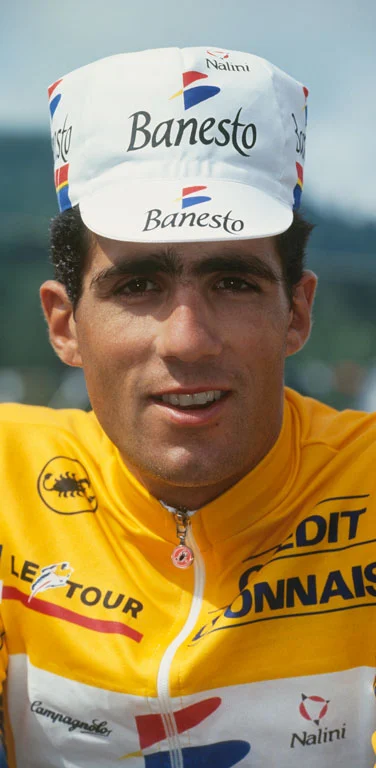
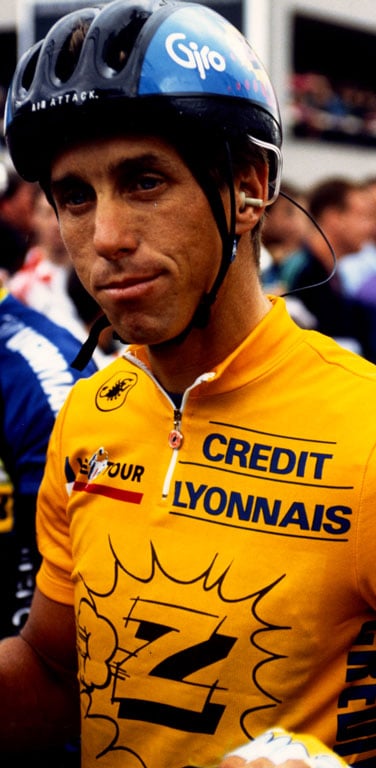

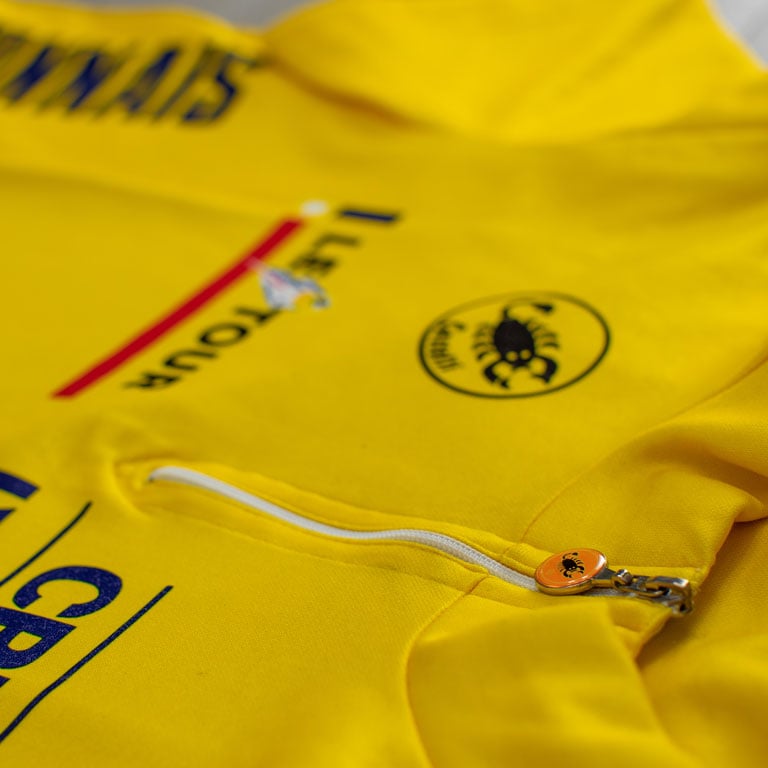

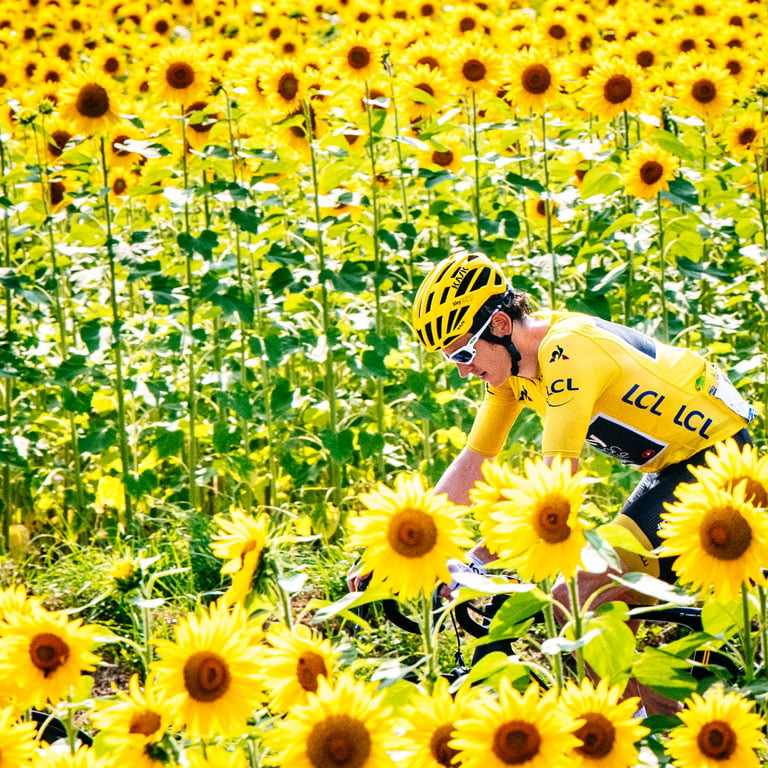
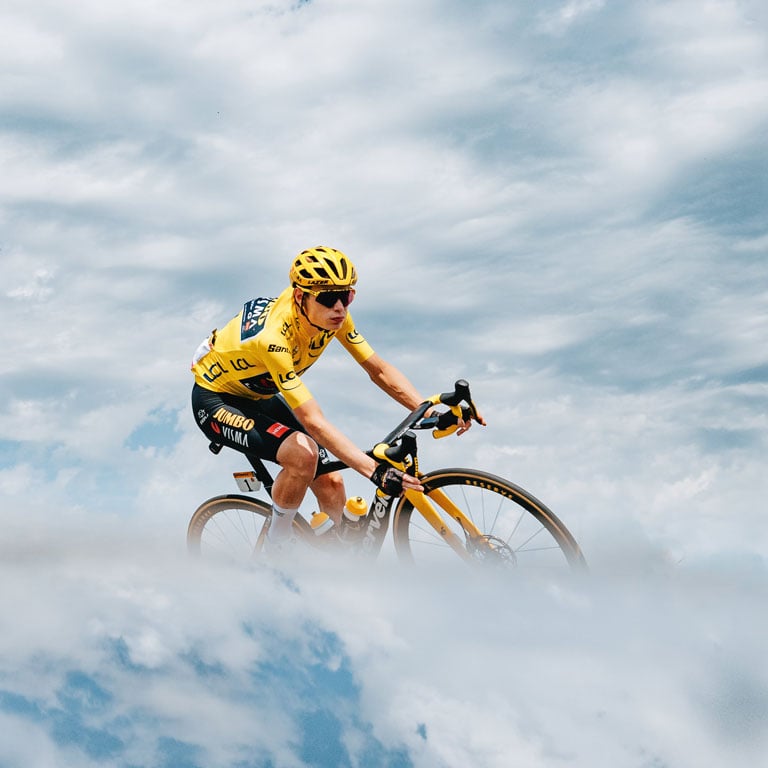
水玉模様の山岳ジャージ
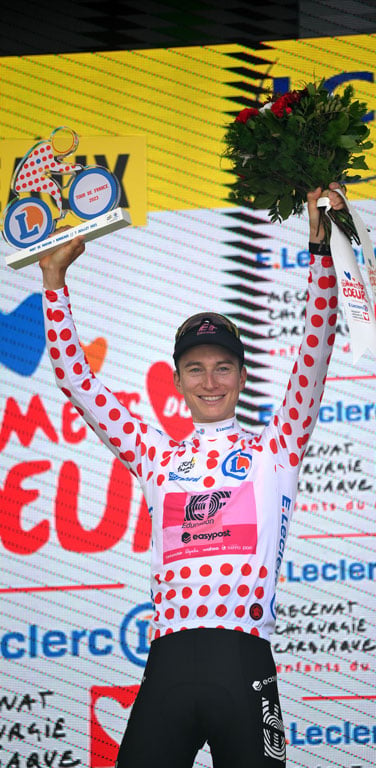

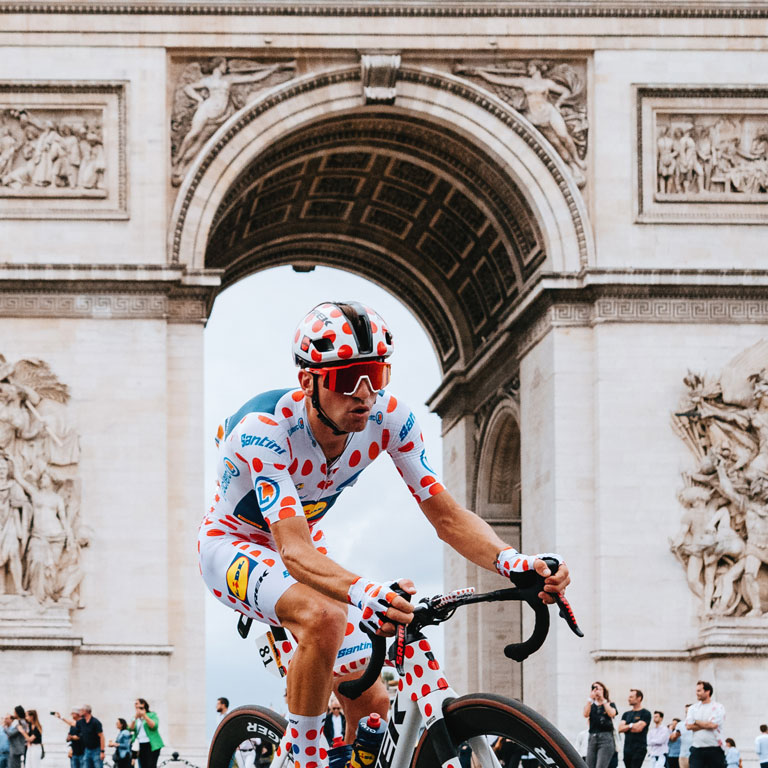

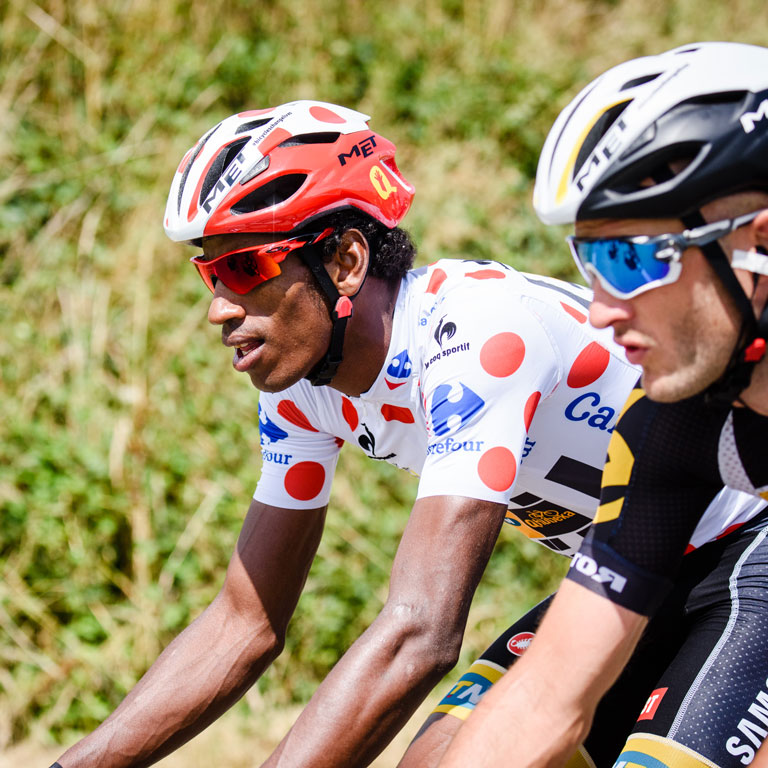
ポイント賞ジャージ

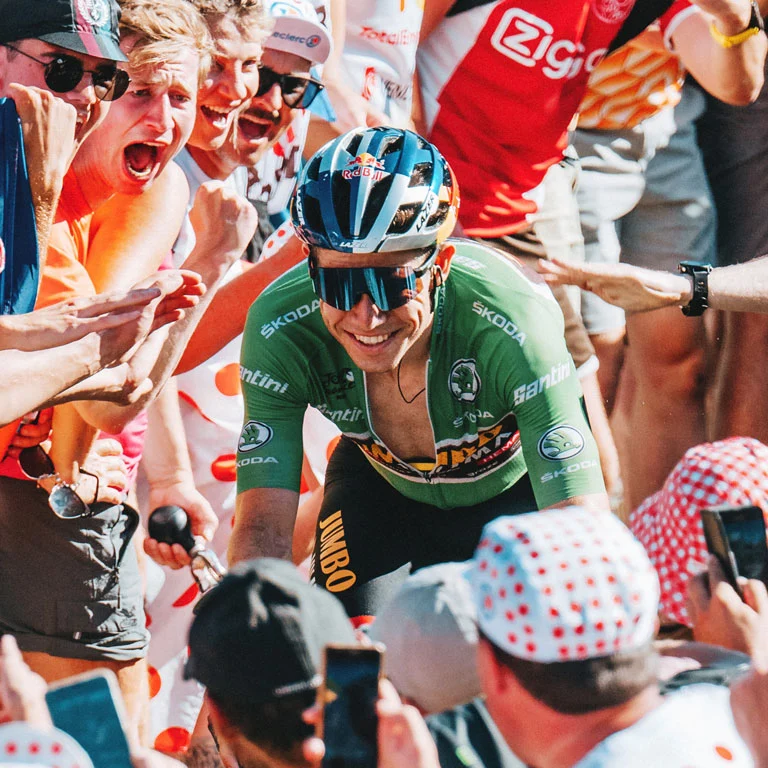
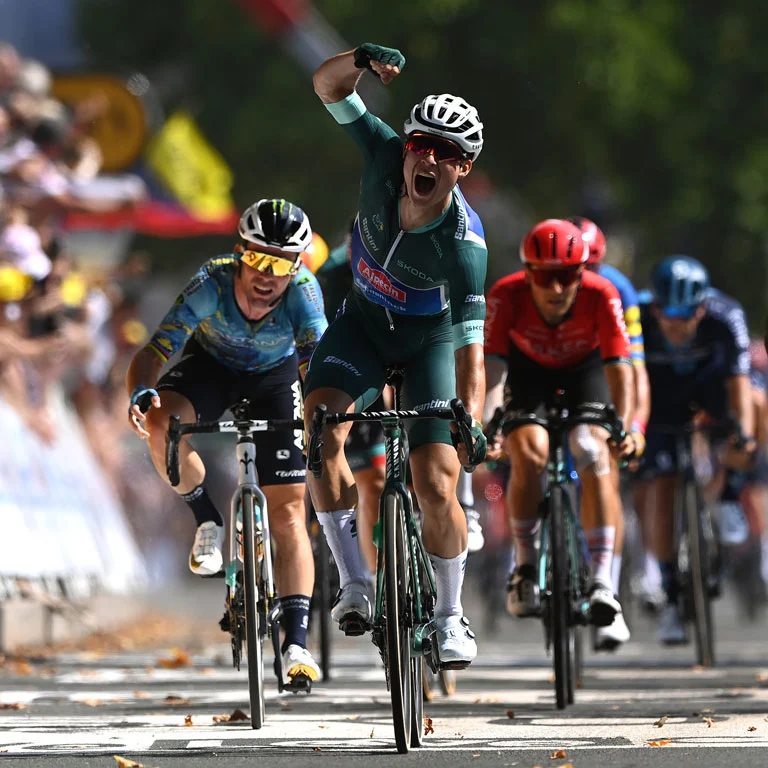

新人賞ジャージ
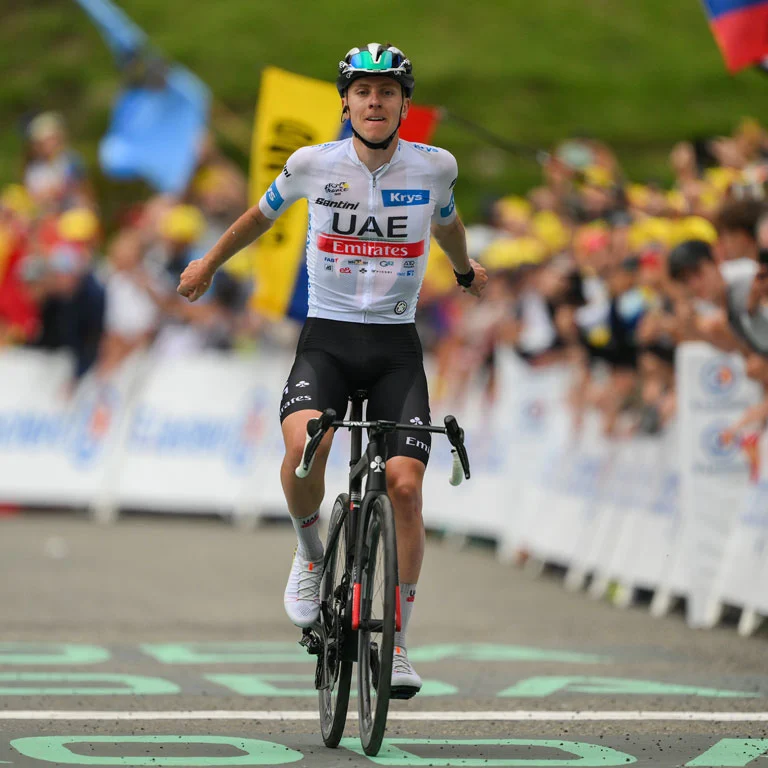

その他のジャージ
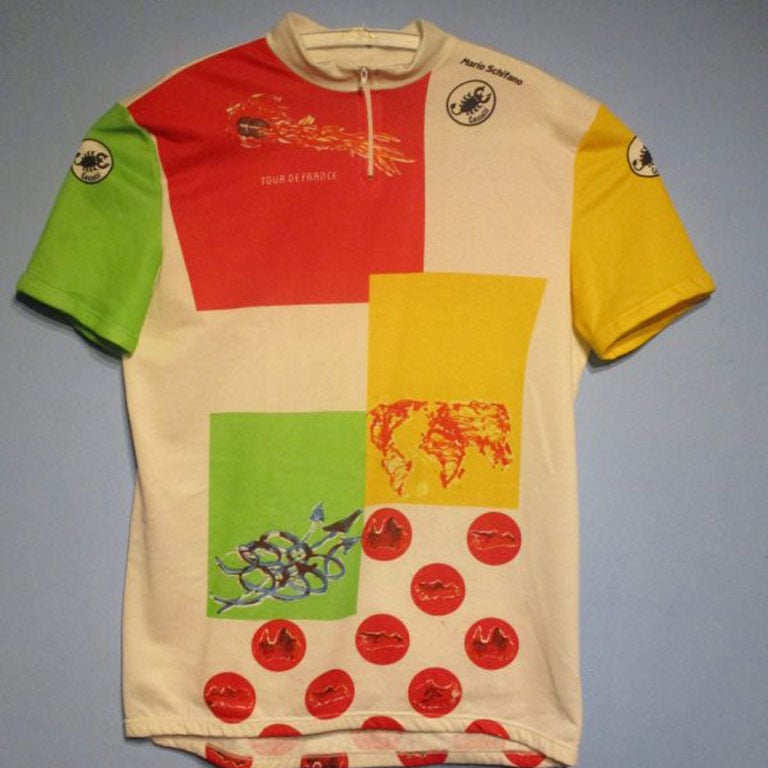
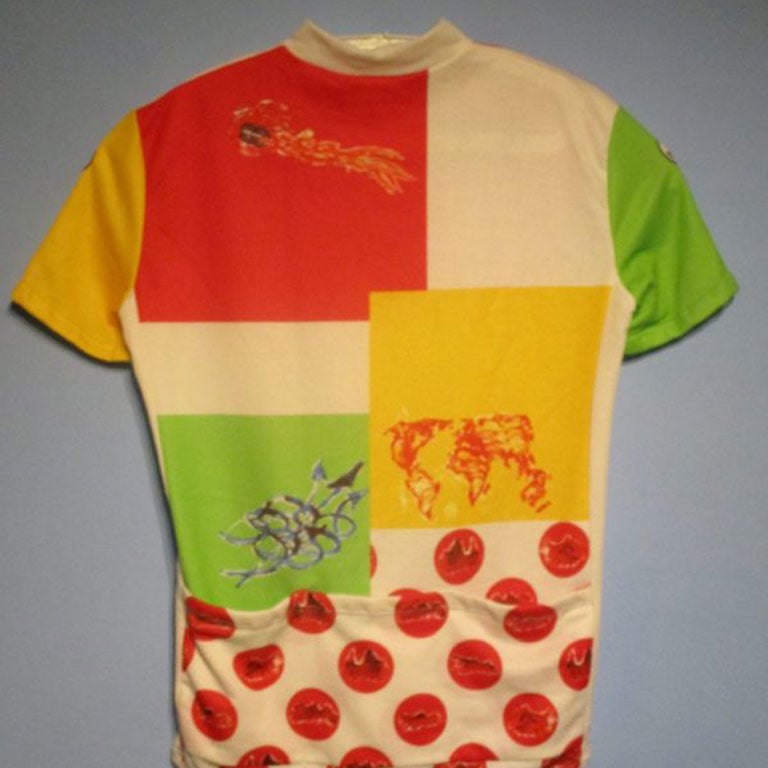
観衆の存在感
沿道観戦でもテレビ観戦でも、ツールは激しい競争と絵画のような美しさのユニークな融合を提供し、愛すべきスペクタクルな空間を人々に届ける。今年のレースが佳境に向かうにつれて、ファン達は誰がニースでイエロージャージを着るのか、そして歴史的な第111回ツール・ド・フランスがどのようにフィナーレを迎えるのかに心踊らせるのだ。
